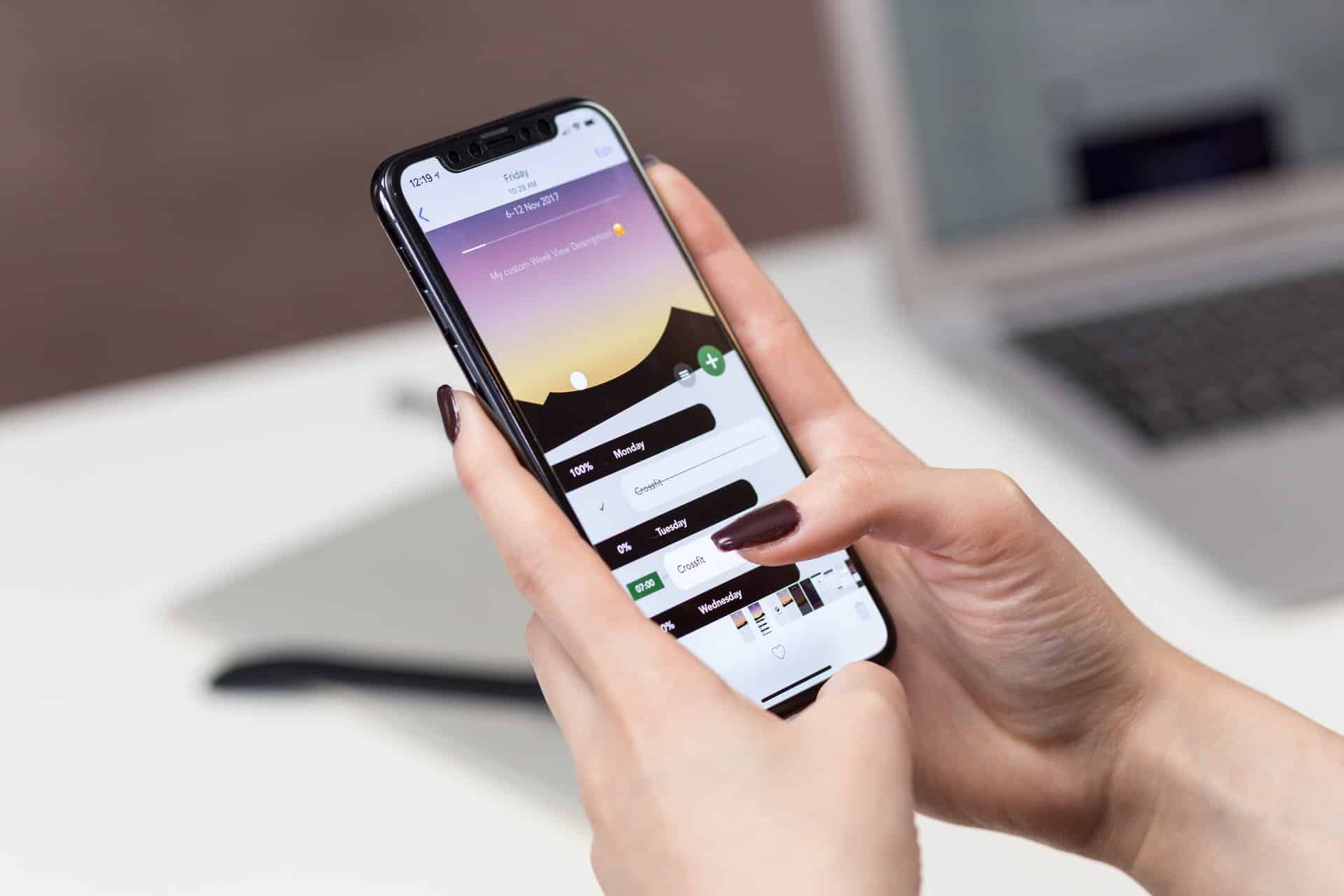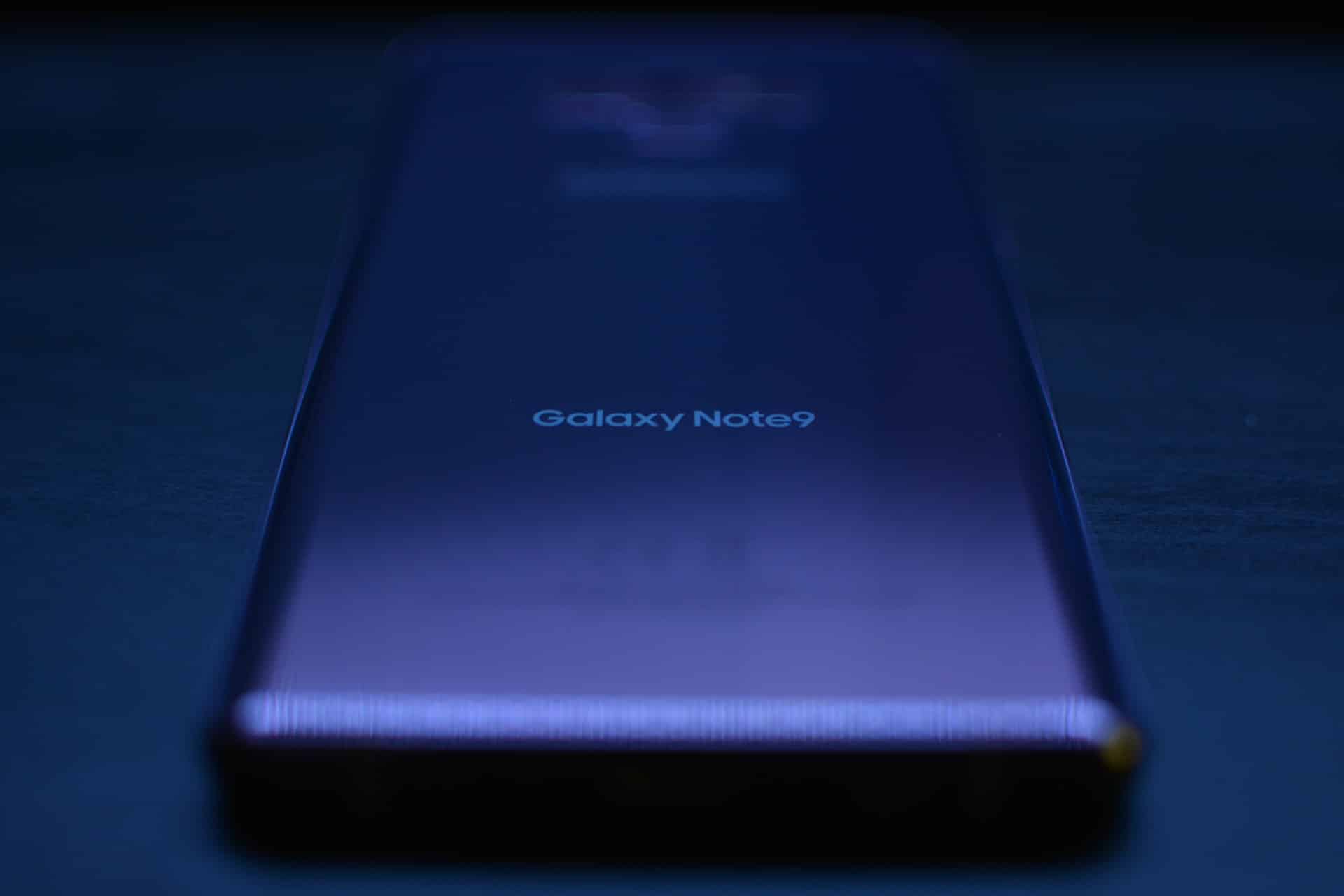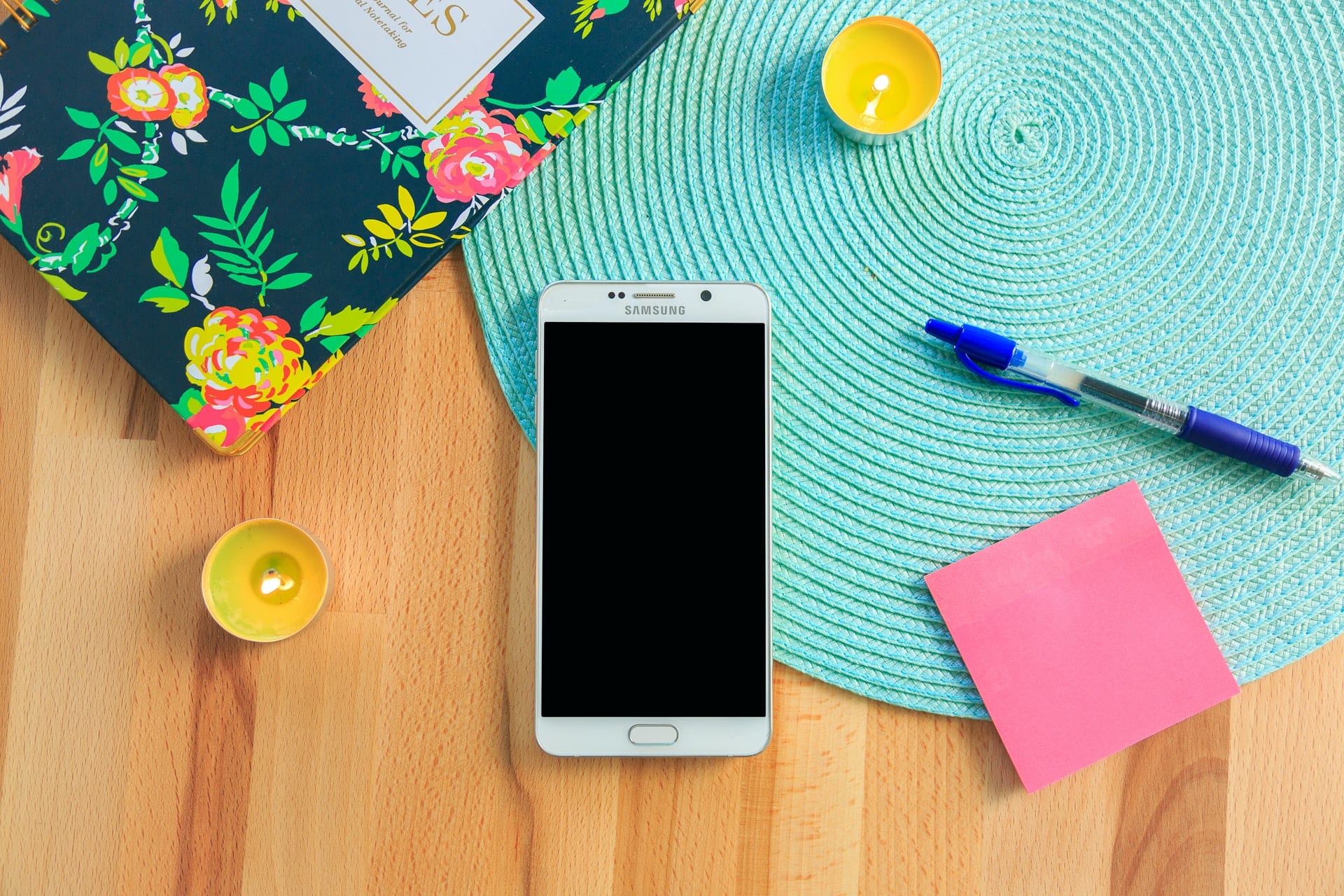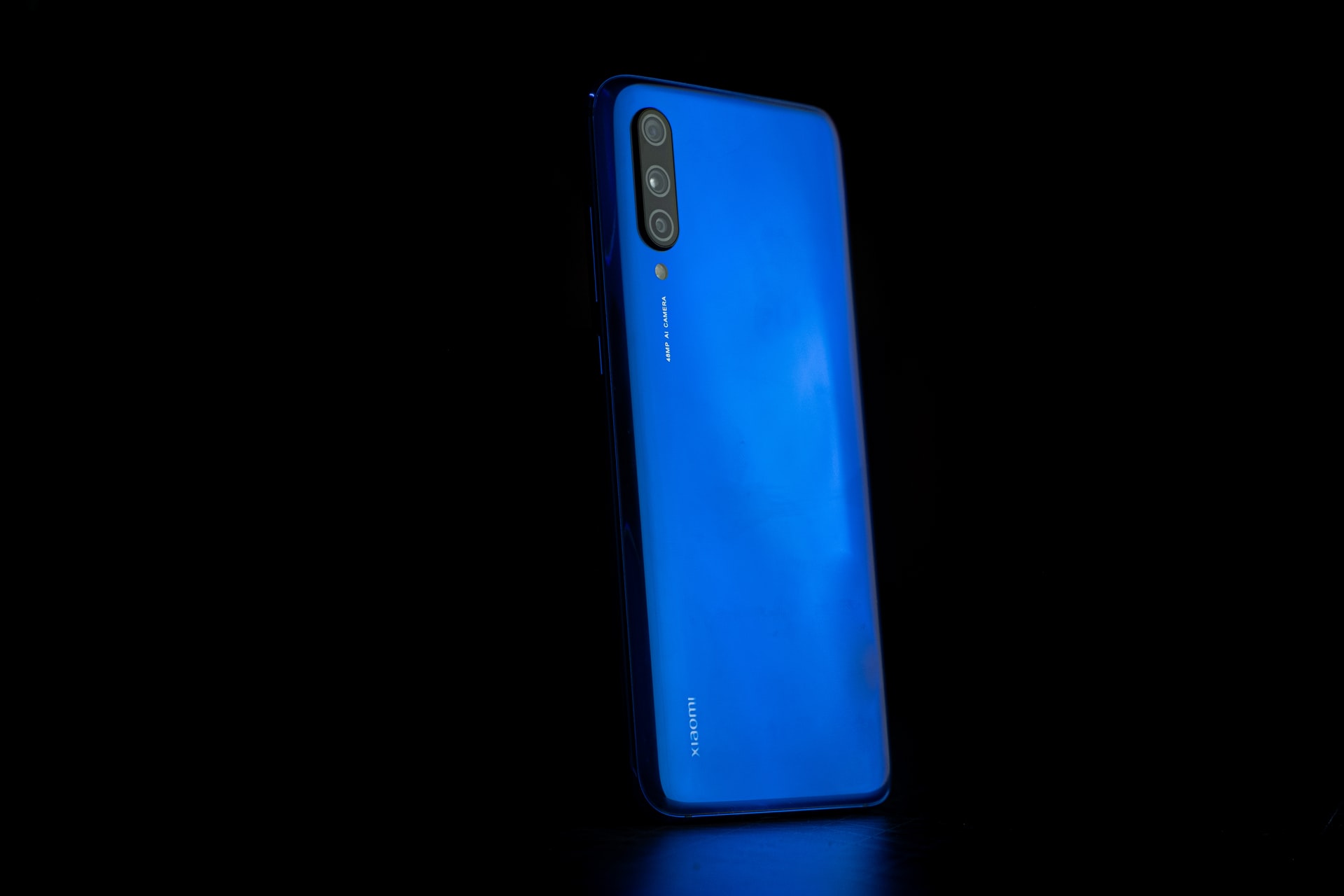
Smartphone Display: Types, Pros & Cons
[ad_1]
A smartphone's screen acts as an interface between the device and a user. It is one of the most essential and most delicate components in a Phone/ Tablet/ PC/ Laptop. We interact with our device through a screen, give commands, receive output all through a surface, in short smartphones are nothing without a screen! These smartphones feature different types of display screen each having its own set of merits and demerits. All additional features like color contrast, contrast ratio, sunlight legibility, brightness depends on the type of screen that a smartphone has. Today, smartphones are becoming all screen and iPhone X is an apt example of that! There is an increased demand for large screen phones with a size equal or above 6 inches.
Here are the most common type of screens with their pros and cons. Read till the end to know more about the type of screen that your smartphone features:
TFT is the most commonly used surface in budget phones. TFT LCD offers good quality images & higher resolution. TFT features narrow viewing angles that do not offer HD view when seen from the edges or in the sunlight. It offers the best view and HD colors when seen from the front. TFT's are all passé now and the upcoming smartphone models do not feature it.
IPS LCD's are considered the best among all! They consume less power as compared to the TFT ones and offer better view even if seen from the edges of the screen. IPS screen is available in hi-end smartphone models. IPS LCD screens are legible in sunlight and have wider viewing angles. The screen consumes less power and emits true to life colors. The screen is backed by a backlight which consumes less battery than the TFT surface but the battery consumption is way more if compared to the OLED screens.
A capacitive screen features a glass and a conductor. It responds to finger touch and is unresponsive if operated by a stylus or gloved hands. The screen offers a great view and colors to the user. Such screen types are not used by the manufacturers anymore.
OLED screens produce better colors, offer wider viewing angles, impressive color contrast and have faster response time if compared to an LCD. An OLED screen is slim, light in weight and does not require a backlight to illuminate the display and thus consumes less power. OLED screen is on the expensive side of the range scale.
AMOLED screens do not need a backlight as each pixel on the screen is backed by an LED. High brightness, low power consumption, slim frame, lightweight screen are some major highlights of such screens. These screens are available in hi-end smartphones as they are costlier than the LCD surface. The screen produces pleasing and true to life colors.
Super AMOLED is an improved version of the basic OLED/AMOLED screens. Samsung used the term for marketing purposes with a few improvements. It has the thinnest display screen, its light weight and produces great color contrast and lifelike colors.
Retina display is not a different technology it's another name for IPS LCD with an LED backlight. The term was used by Apple as a promotion tool.
The smartphone market is growing every day and the current focus is not on the specifications of the phone rather has shifted to the looks and screen! The demand for big screen phones has risen in the recent past. This rise has led to the emergence of diverse mobile screens such as LCD, OLED, AMOLED, Super AMOLED and more.
[ad_2]
Source by Priya Sahni






